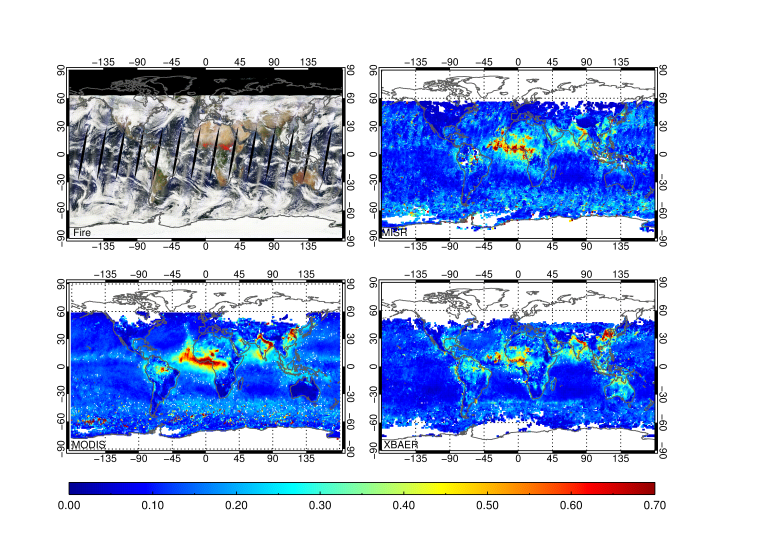Fourth Article of a series featuring Early Career Scientists

Author: Linlu Mei
Introduced by iCACGP Member: John P. Burrows
Climate aspects of a changing atmospheric composition and air quality aspects arising from aerosols, especially in undeveloped and developing countries, are key drivers for Linlu Mei’s scientific research. Political discussions concerning changes in the composition of the atmosphere in these regions caught his attention already years ago. One significant manifestation of these changes is the massively deteriorating air quality in urban conglomerations of undeveloped and developing countries. Aerosols affect climate directly and indirectly. Therefore, understanding their physical and chemical properties can help us improve our understanding of climate change.
These aspects led Linlu Mei to advance the research on aerosols and closely associated clouds. Because of the global nature of the phenomena (and partially transport processes), his research is mainly based on utilization of devices enabling global evaluation, thus he mostly works with satellite-based remote sensing techniques which he either personally develops or applies systematically.
In the course of his career, Linlu Mei has contributed significant research in developing new methods for global retrieval of atmospheric aerosol from satellites. This is an area of increasing priority for research, since the IPCC has identified anthropogenic aerosols as the climate forcing constituent with largest uncertainty. In particular he has innovated the modeling of surface and atmospheric spectral properties using the eXtensible Bremen AErosol Retrieval (XBAER). Based on this, he developed a unique retrieval method which can provide satellite estimate of aerosol over bright surfaces, including snow and cloud, as well as dark surfaces such as dense vegetation and ocean. In this context he has also published the first paper on spectral retrievals using the OLCI instrument on the recently launched Sentinel-3 satellite. The papers from Linlu Mei have been well received within the community, evidenced by a high citation rate.
Through these developments he has taken a leading role in aerosol research within several national and international projects including the European Space Agency project “Aerosol Climate Change Initiative” and the German Research Foundation funded collaborative research center (AC)³. Linlu Mei’s work in those projects provides high quality satellite atmospheric products for a better understanding of the global climate change.
By holding lectures and supervising MSc and PhD students, he is, so to speak, “passing on his knowledge” so that younger generations may gain a better understanding of global climate change through the use of satellite-based aerosol observations.
Linlu Mei is currently a research scientist at the Institute of Environmental Physics, University of Bremen. He received his B.A in Geography and Computer Sciences from the China University of Geosciences (Wuhan) in 2008 and finished his Ph.D. in Atmospheric Science at the Chinese Academy of Sciences in 2013.

Upper row: left – MODIS fire product, right-MISR.
Lower row: left-MODIS (Dark-Target and DeepBlue combined), right- OLCI (XBAER)
(Figure from Mei et al 2018 https://doi.org/10.5194/acp-18-2511-2018)
